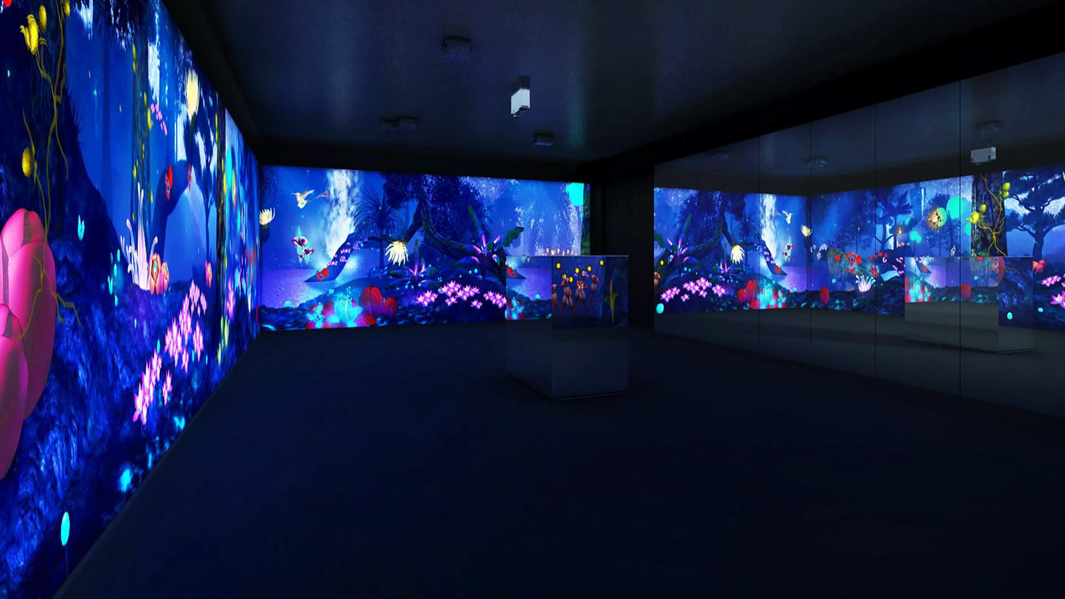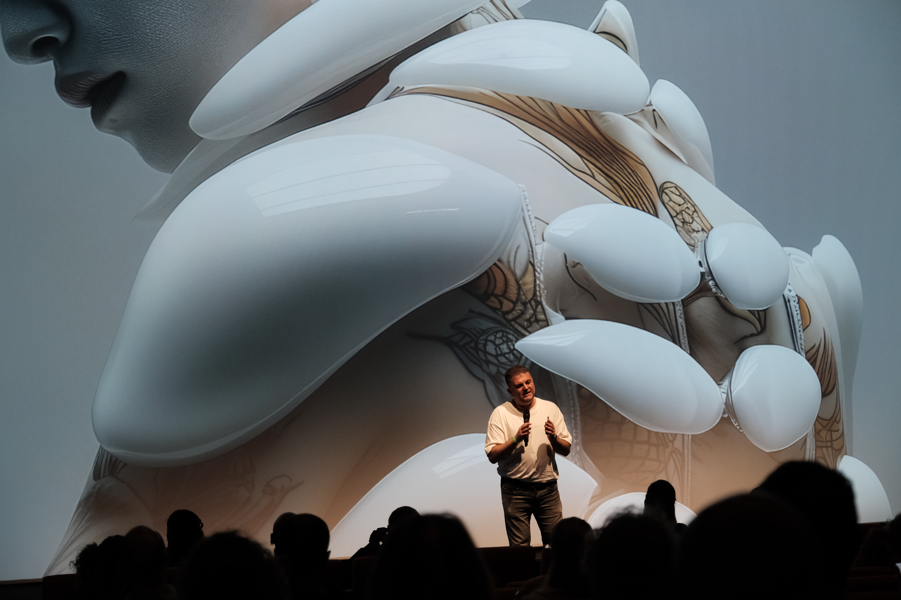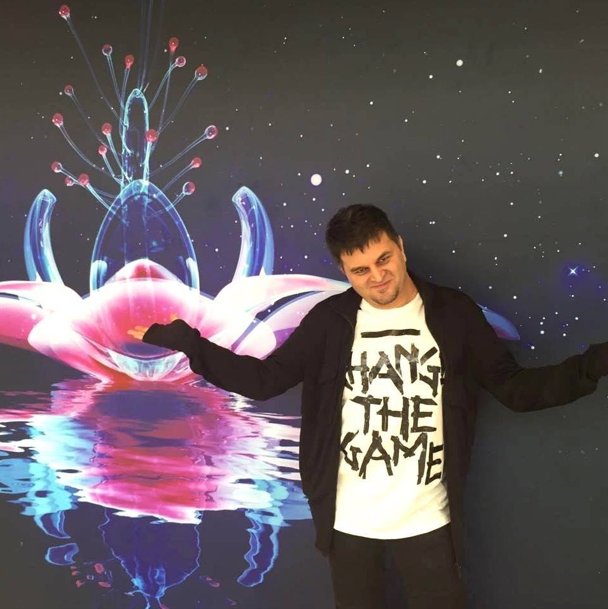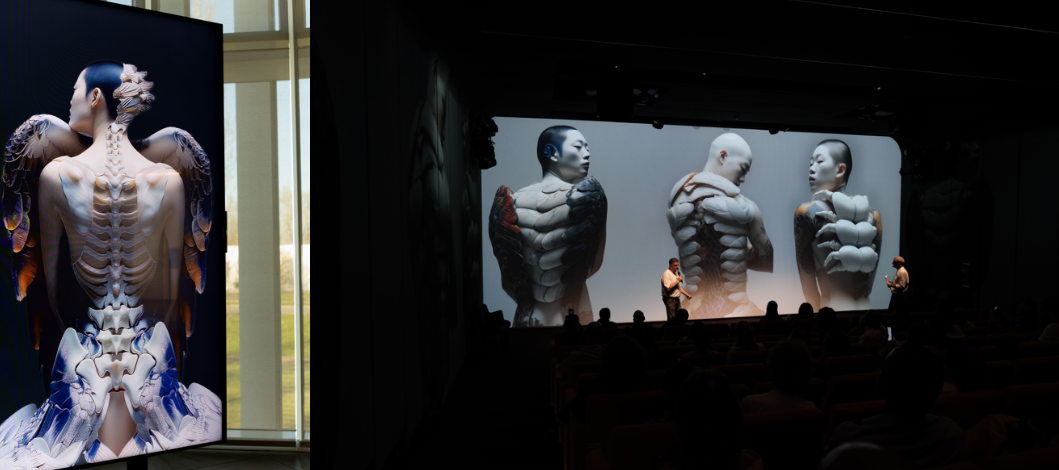

Shemaine Bushnell Kyriakides
Baris Gencel was born into division...literally. He arrived in October 1974, weeks after Cyprus was ripped apart by war, into a family marked by displacement from villages like Marata and Sandallar. Yet he speaks about identity, borders, and belonging with a softness that feels almost rebellious.
“I never felt Turkish Cypriot or Greek Cypriot,” he says. “I simply felt Cypriot.”
“I never felt Turkish Cypriot or Greek Cypriot,” he says. “I simply felt Cypriot.”
Maybe that’s the quiet superpower behind the global career he built far from home, across Hong Kong, Shanghai, Singapore, Beijing, and now Milan. Or maybe it began earlier, with the restless creative kid who grew up on an island of enclaves and checkpoints and instinctively refused to let labels define him.
A passport outward, but a heart pulled back home
Gencel’s leap into the world began almost by accident: a group of Japanese interns visited through the AIESEC program he helped build at university. Something in their culture struck him, setting off a curiosity he couldn’t shake.
Within a year he was living in Hong Kong, taking what was meant to be a six-month internship and turning it into a 24-year life across Asia. The shock was immediate: tiny apartments, humid streets, and the "smell of soy sauce rising from alleyways", but that cultural shake-up cracked open something bigger.
“When you step into another culture, you widen your field of vision. It becomes human development,” he says. “It taught me harmony, empathy, and that the world is far more interconnected than where we begin.”
Asia gave him a career: leading digital art for major brands, building new concepts for Tommy Hilfiger in Beijing, joining a cutting-edge media lab, and later becoming Group Director at Lanvin Group, working across houses like Lanvin, Sergio Rossi and Wolford.
But Asia also gave him something else...perspective.
“Being away made me love Cyprus even more. Its sea, its sky… it’s a treasure. We just don’t value it enough.”
He says that with the tone of someone who worries for the island he adores: the nature, the wildlife, and the coastline. He often references Rumi, that distance makes love deeper. You feel that in the way he speaks.
Art as a bridge, not a border
Gencel’s work fuses nature, technology, and emotion, but he insists it always starts with a story. His installation Amoris Lumina became a “love story of nature,” a digital rainforest where pollination, the invisible connection between life forms, comes alive through breath and motion sensors.
 Amoris Lumina
Amoris Lumina
Visitors don’t just see the artwork; they change it. Lights shift, digital leaves respond, and the whole room breathes with them.
“It becomes a dialogue between human presence and digital nature,” he explains. “People don’t observe nature; they become part of it.”
That theme, connection over division, shows up everywhere in his work.
His 2024 United Nations “AI for Good” award came from Faces of Extinction, a project that uses generative AI to create haunting hybrid portraits of endangered species. It’s beauty with a warning: “If species fall, we fall too.”
AI, to him, is not a threat. It’s a partner.
“Technology is neutral,” he says. “Its value depends on human purpose.”
And his purpose is clear: awareness, empathy, and environmental responsibility.
 During a speech in Milan in front of some of his works
During a speech in Milan in front of some of his works
A life built on curiosity, not comfort
Gencel is the kind of person who proudly calls himself a “misfit.” He says it with a positive tone, not defensive, not bitter. More like he’s grateful.
“In creative fields, being a misfit is a superpower,” he says. “It means you see the world differently.”
That difference carried him from a divided island to global fashion houses, from digital rainforests to AI-driven environmental art. And yet, the most Cypriot part of him isn’t the visuals, it’s the emotion.
“The dominance of blue in my work comes from Cyprus. Its ancient sites, like Karpaz, give me a sacred energy. My art is an offering, an invitation to reconnect.”

Even outside art, Cyprus is in everything he creates. In Shanghai he designed cocktails inspired by Cypriot flavors. He cooks Cypriot food. His next secret project, now not so secret, is a perfume line inspired entirely by his memories of the island.
“It’s an amazing feeling to express your love for your country not just visually, but through people’s senses,” he says. “To make it eternal.”
Does Cyprus need a solution for creativity to thrive?
Here he chooses his words carefully.
He doesn’t believe artists must wait for political solutions to create great work. “Artists always find ways to transcend borders,” he says. But he’s realistic too; unity would open doors. “Resolving divisions would encourage collaboration and free our energy.”
His dream? A creative Cyprus where young artists have the freedom, resources, and exposure he had to leave the island to find.
“Cyprus has enormous untapped creative potential,” he says. “Creativity flourishes when people feel free, supported, and connected.”
He’s already eyeing the Larnaca Biennale and hoping to finally bring his work home after shows in Paris, London, Milan, and across Asia.
“It’s time,” he says simply.

What he wants young Cypriot artists to know
His final message is aimed directly at the next generation: Turkish Cypriot and Greek Cypriot alike.
On inspiration:
“If there is no input, there can be no output. Be a lifelong learner.”
On comfort zones:
“Comfort zones are poison. Approach every project as a beginner.”
On purpose:
“Have a good purpose for the planet. For all species. We are all connected.”
And finally, on art itself:
“Art can unite. It can bridge divides anywhere, not just in Cyprus.”

The message at the heart of it all
Gencel left Cyprus to understand the world, and the world helped him understand Cyprus, not as a split island, but as a shared home. His art blends the ancient and the futuristic, the human and the digital, the wounded and the hopeful. And the message he carries across continents is simple:
If art can transcend borders, maybe people can too.
*To read more about Baris Gencel and his work, click on his Instagram page here and his LinkedIn page here.






























